
Inna Averbukh
@inna_averbukh
Post Doc @MikeAngeloLab , @Stanford
ID: 975355136666226689
18-03-2018 12:56:00
75 Tweet
162 Followers
227 Following

🎉 Excited to share a big part of my PhD work in Allon Klein Lab that took many, many years and my blood, sweat, and tears! 😅 We ask - What’s the role of cell division in the formation of initial cell types during early development ?🧐 biorxiv.org/content/10.110… 🧵 (1/14)

We are only TWO WEEKS away from the start of the Spatial Biology Summit! It's not too late to register! We are still accepting poster abstracts until the end of this week. More info here: angelolab.com/spatial-biolog… Michael Angelo Bendall Lab


In the current issue of Cell Genomics: Ribosomes varying in rRNA sequence are associated with development and cancer. We developed new methods and found that rRNAs vary predominantly in indels, which form ribosomes of different structures and are visualized in single cells.

I recommend this thoughtful preview article highlighting our recent publication. Thank you Jennifer Gerton Paxton Kostos Anna Galligos for supporting our work! cell.com/cell-genomics/…


Tomorrow, together with Lydia Grmai, PhD 🇪🇷🔬🎶, Tyler Huycke and Rachel Zwick we will talk about Zoom Interviews! How to prepare and what to expect.
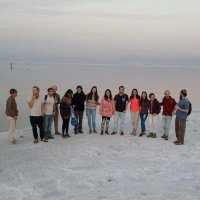
Now out on Nucleic Acids Res academic.oup.com/nar/advance-ar…
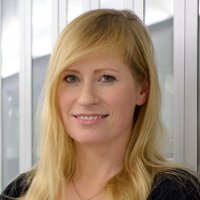
Women lose >90% of their #eggs by their mid-30s, with persistent #DNADamage driving this loss. But why isn’t this damage repaired? Our new work in Current Biology, led by Ninadini Sharma, reveals the causes of high DNA damage in aged oocytes.🧬💥 bit.ly/48e35Ee (1/13)



Congratulations Tuomas Tammela and team on this phenomenal work! 🎉🌟Ageing limits stemness and tumorigenesis by reprogramming iron homeostasis | Nature nature.com/articles/s4158…
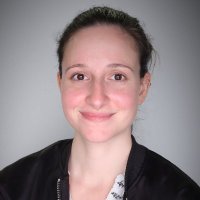
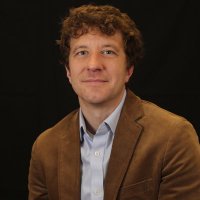



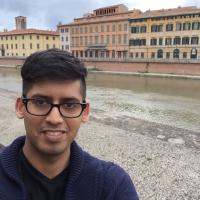
🧵 (1/8) Today, Benjamin Oberlton and I are excited to share the preprint of our work on: A comprehensive multi-omic study of human gliomas, spanning diagnosis, treatment, and recurrence. We address the longstanding challenge of developing effective therapies for gliomas, which have
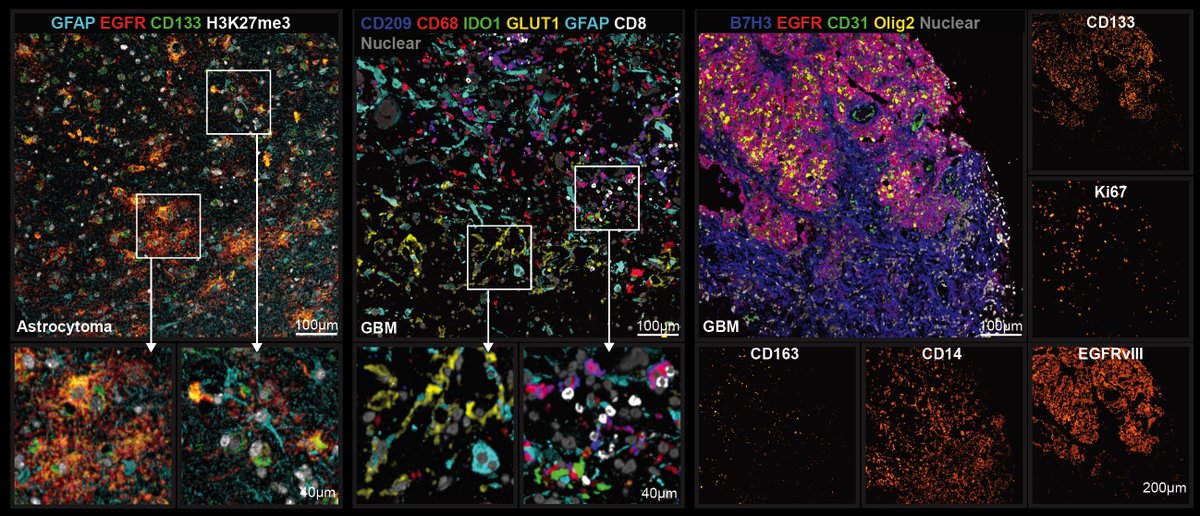
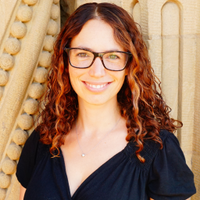
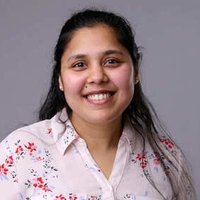
Excited to share our latest publication on expanding the multiplexing capability of MIBI-TOF , this can be extended to any technique implementing metal tags for mass spectrometry imaging. Michael Angelo Bendall Lab Patricia Favaro Felix J. Hartmann pubs.acs.org/doi/10.1021/ac…


